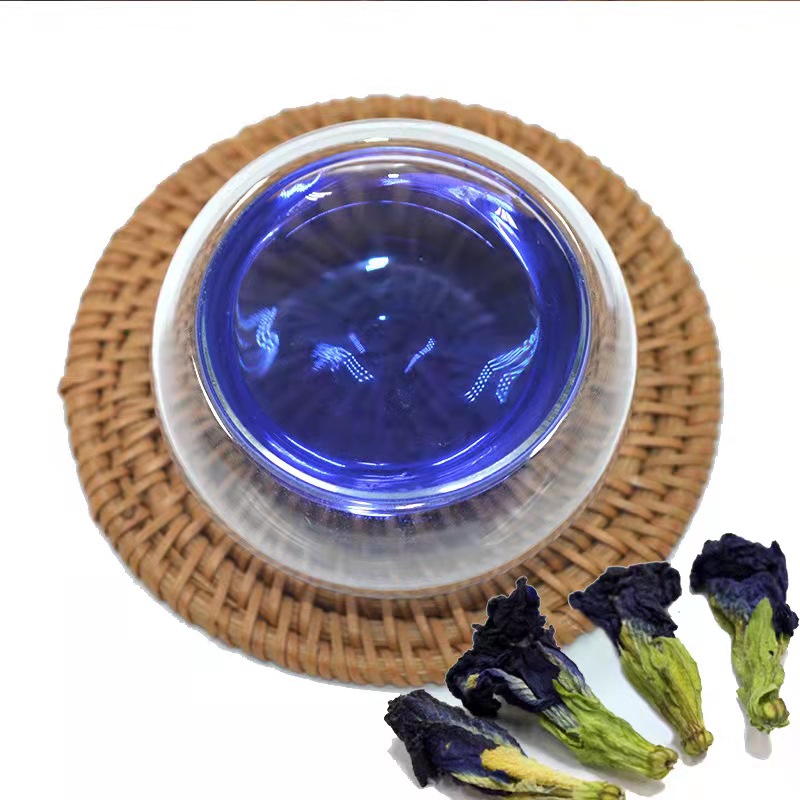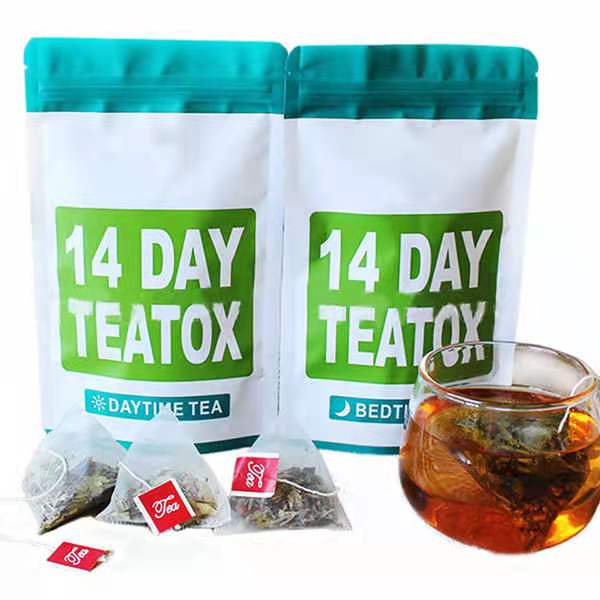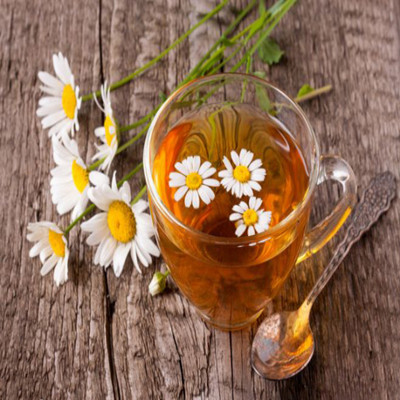Xun Yi Cao Factory Supply Wholesale High Quality Organic Natural Dried Flower Lavender for Tea
Lavender is a small perennial evergreen shrub of dicotyledons, Labiatae and lavender. It is native to the Mediterranean coast, but it is also reported in the literature that lavender was originally born in Persia (now Iran) and Canary Islands, and was introduced to France on the Mediterranean coast through Phoenicians. The leaf is narrow, grayish green, and the stem is upright. It blooms in summer and autumn abroad. It is a spike. The inflorescence is 5-15 cm long. The flower colors vary from variety to variety, including blue, light purple, purple, thick purple and white. Blue is the most common. Lavender has been widely used in medical treatment since ancient times. Both stems and leaves can be used as medicine. It has the effects of strengthening stomach, sweating and relieving pain. It is a good medicine for treating cold, abdominal pain and eczema. Lavender is known as the “king of herbs”, with fresh and elegant aroma and mild nature. It is recognized as the most sedative, soothing and hypnotic plant. Relieve tension, calm your mind, calm your breath, heal wounds and remove scars. Oil control, regeneration, anti-inflammatory, repair.
Efficacy
clearing away heat and toxic material; Dispelling wind and relieving itching
Indications
Main headache; dizzy; Sore mouth and tongue; Red and swollen throat; Water fire scald; Rubella; Scabies
Related compatibility
1. Lavender + Jasmine + honey
This flower tea has a good calming effect. After drinking, you will feel relaxed and have a lot of impulsive mood.
2. Lavender + violet + Mint Leaves
This tea is suitable for regular drinkers. It has the effect of relieving alcohol.
3. Lavender + violet + wintersweet flower
This tea drink can clear liver, protect liver, protect intestines and stomach, and effectively improve health.
Usage and dosage
Oral administration: decoction, 3-9g. External use: appropriate amount, tamped and applied
Collection and processing
The first batch of flowers is generally from late June to mid July, and the second batch is from late September to early October
Processing method
Dry the lavender with stems and flowers. After drying, knock down the flower buds and screen them. In order to ensure the quality, the impurities can be removed through sieves with different apertures. The screened flower buds can continue to be dried to form dry flower buds, which can be used as flower tea.
Storage
Store in a ventilated and dry place to prevent mildew and moth.





